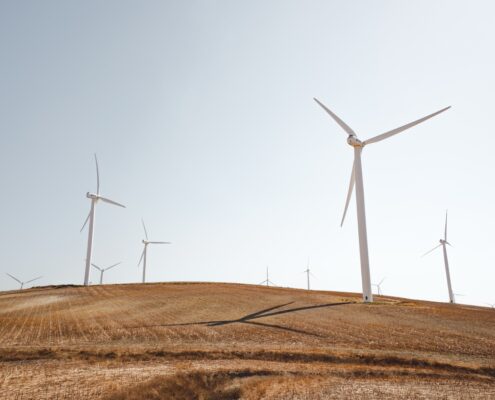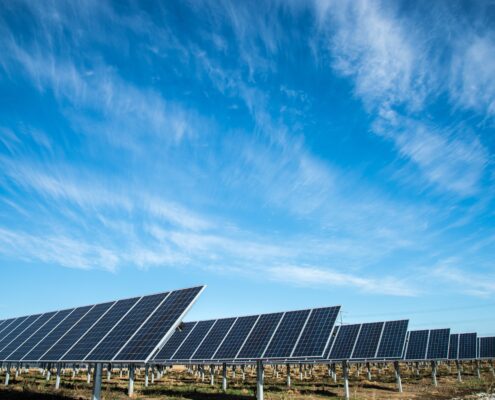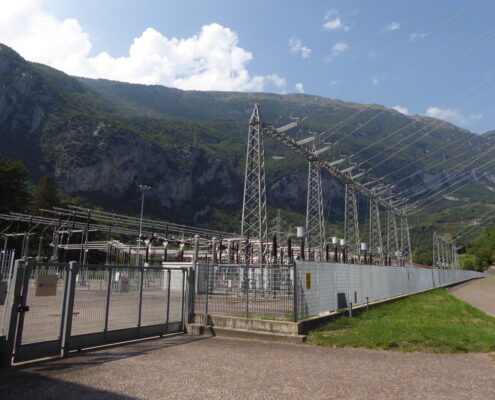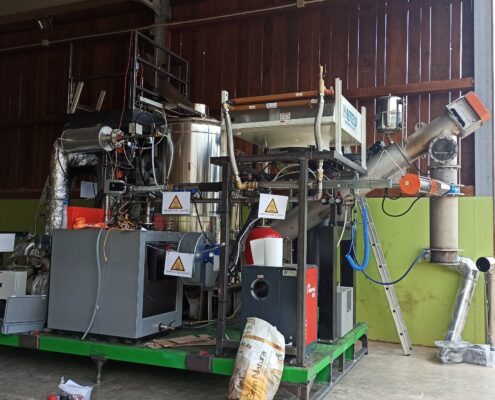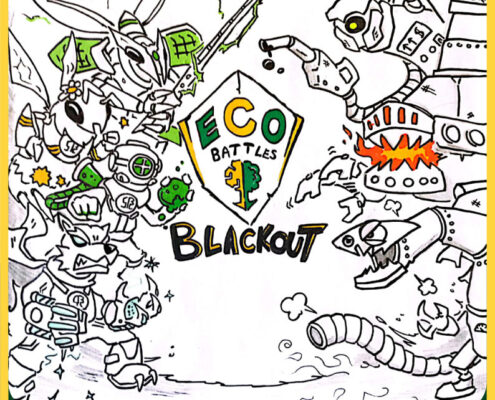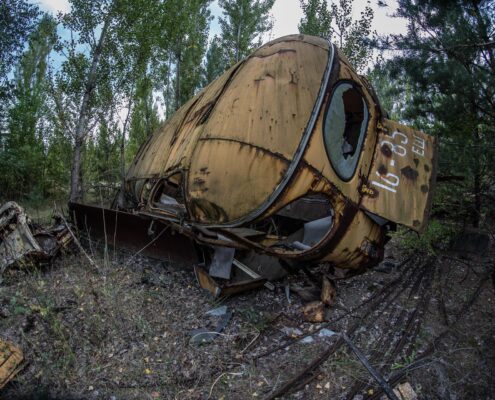 https://greenmarked.it/wp-content/uploads/2023/12/tom-dahm-Tvnfjn4n00I-unsplash-scaled.jpg
1438
2560
Lorenzo Barbieri
https://greenmarked.it/wp-content/uploads/2022/01/LOGO-GREENMARKED-SITO-600x600.png
Lorenzo Barbieri2023-12-08 19:15:292023-12-11 21:23:33The Point of View of AI
https://greenmarked.it/wp-content/uploads/2023/12/tom-dahm-Tvnfjn4n00I-unsplash-scaled.jpg
1438
2560
Lorenzo Barbieri
https://greenmarked.it/wp-content/uploads/2022/01/LOGO-GREENMARKED-SITO-600x600.png
Lorenzo Barbieri2023-12-08 19:15:292023-12-11 21:23:33The Point of View of AIOctober 22, 2022
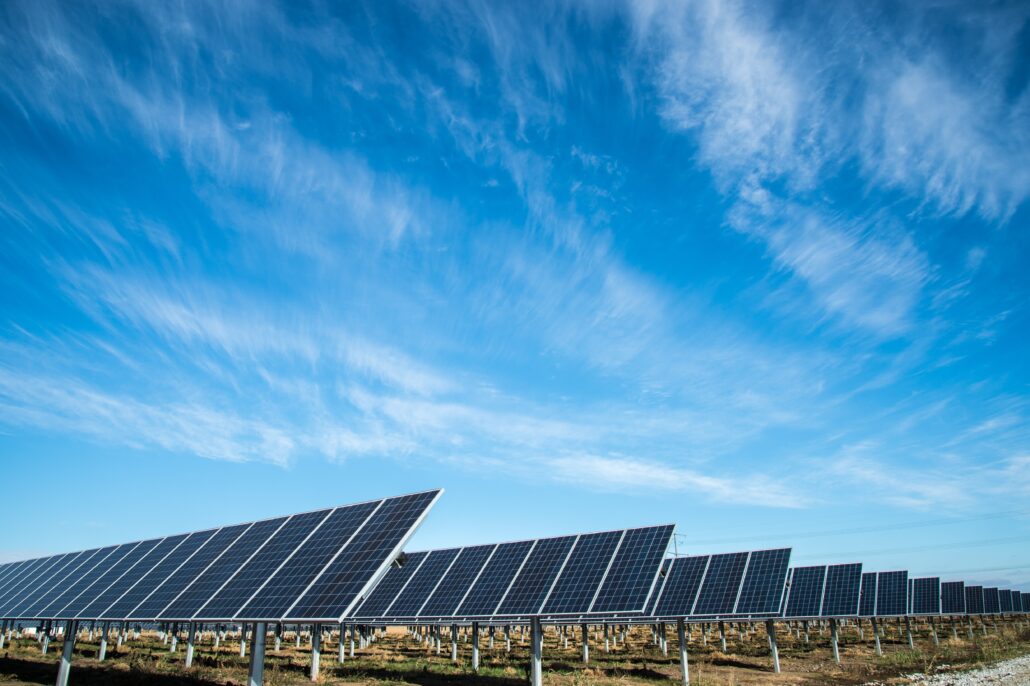
Renewable energy is finally becoming normality. Global energy production from photovoltaic (“Pv”) panels was about 400 GW in 2017 and it could reach 2500 GW in 2050 [1]. The boom of the solar energy industry, which nowadays generates 22 GW of energy only in Italy [2], is yet called to answer a crucial question. What happens to the panels once they get to their end of life? How are they disposed?
According to the International Energy Agency, Pv panels must comply to the “End-of-life” regulation in force. The best “End-of-Life” process, however, may not be the most convenient one due to high costs and low profits obtained from recycling panels in countries where solar energy is still unpopular [3].
In Europe, recycling Pv panels is mandatory since 2012. The Electronic Waste Directive (Waste from Electric and Electronic Appliances) decrees that “long life-cycle goods […], like photovoltaic panels, should be reused in the best way possible in existing recycling and disposal centers” [4].
In 2050, 78 million tons of worn panels are expected worldwide [5]. Reusing and recycling their single components has become crucial and indispensable.
Good news come from Australia. A convincing study from the University of New South Wales suggested a new way to recycle solar panels and better handle an increasing volume of photovoltaic cells. The research offers companies a different process to extract and collect precious metals contained in solar panels. After panels are collected and their aluminum frame is removed, cells are chopped, metals are separated through an electrostatic process and finally collected. Overall, the original panel weight is reduced by 2 % – 3 %. The recycled material is then sent to the refinery for further purification and treatment [6].
An interesting solution also comes from Italy. Compton Industriale patented some systems that are capable of recycling Pv panel components, by separating all welded materials and dividing glass. Once the frame is removed, the panel is split in two parts and the surface is sent through a delamination process, which allows to separate and remove the glass without contaminating it. In short, glass can be completely removed and collected. The rest of the panel is chopped, and the metals contained in it are separated.
The process advanced by Compton Industriale allows to recycle more than 90 % of the panel weight. For an average 22 kg panel, 0.1 kg of circuit boards, 0.2 kg of metals, 2.8 kg of silicon, 2.9 kg of aluminum and 13.8 kg of glass can be collected an recycled. Recyclable materials can be reused in several sectors: in manufacturing activities, in the building industry, and in the IT sector, as hardware elements. What cannot be used again is instead burned to generate energy [5].
Very similar from a non-expert eye but different for those of the field, these two approaches represent the first steps to develop a consolidated technology that can reuse and recycle as many existing solar panels as possible. Investing in research and development is the only way to avoid troublesome environmental and social controversies on solar panels disposal and solar energy in general.
Related articles:
References:
[1] Md. Shahariar Chowdhury, Kazi Sajedur Rahman, Tanjia Chowdhury, Narissara Nuthammachot, Kuaanan Techato, Md. Akhtaruzzaman, Sieh Kiong Tiong, Kamaruzzaman Sopian, Nowshad Amin, An overview of solar photovoltaic panels’ end-of-life material recycling, Energy Strategy Reviews, Volume 27, 2020, 100431, ISSN 2211-467X, https://doi.org/10.1016/j.esr.2019.100431
[2] Italia: dati statistici e previsioni mercato fotovoltaico e storage 2022. (2022, October 13). Vpsolar. Retrieved October 19, 2022, from https://www.vpsolar.com/italia-dati-statistici-e-previsioni-mercato-fotovoltaico-e-storage-2022/
[3] Keiichi Komoto, Mizuho Research & Technologies, Ltd., Japan. (2022, September). Status of PV Module Recycling in Selected IEA PVPS Task 12 Countries [Press release]. https://iea-pvps.org/wp-content/uploads/2022/09/ExecSumm_IEA_PVPS_T12-24-2022-Status-PV-Module-Recycling.pdf
[4] DIRECTIVE 2012/19/EU OF THE EUROPEAN PARLIAMENT AND OF THE COUNCIL of 4 July 2012 on waste electrical and electronic equipment (WEEE)
https://eur-lex.europa.eu/legal-content/EN/TXT/PDF/?uri=CELEX:32012L0019
[5] Guzzonato, C. (2022, March 7). Tutto ciò che si recupera dai pannelli fotovoltaici. Focus.it. Retrieved October 19, 2022, from
https://www.focus.it/tecnologia/innovazione/materiali-recuperati-pannelli-fotovoltaici
[6] Kurmelovs, R. (2022, October 16). Australian research finds a cost-effective way to recycle solar panels. The Guardian. Retrieved October 19, 2022, from
https://www.theguardian.com/environment/2022/oct/16/australian-research-finds-cost-effective-way-to-recycle-solar-panels
Cover- and preview image: solar farm in Lincoln, Nebraska (USA). Free-source photo by the American Public Power Association on Unsplash.

